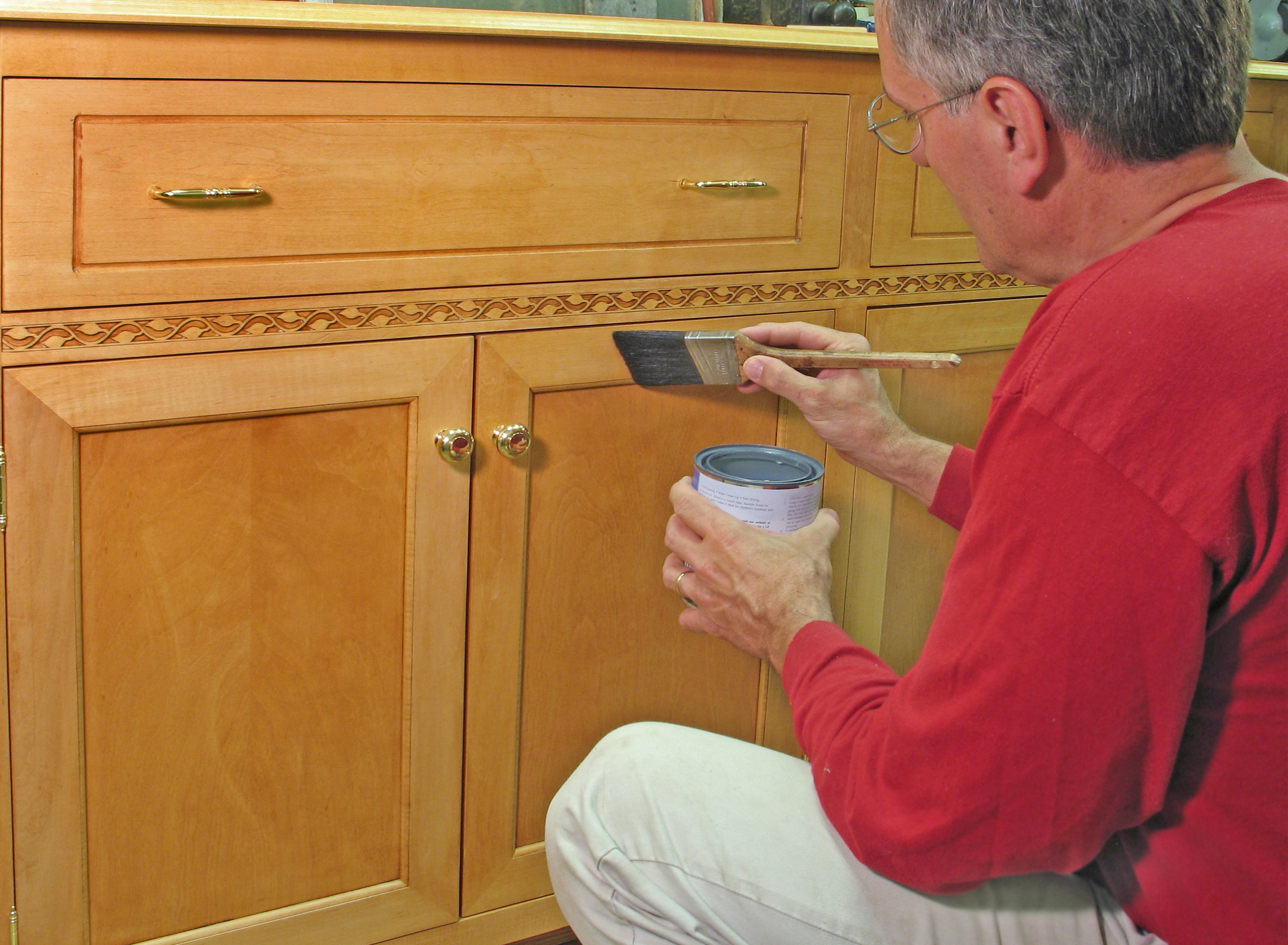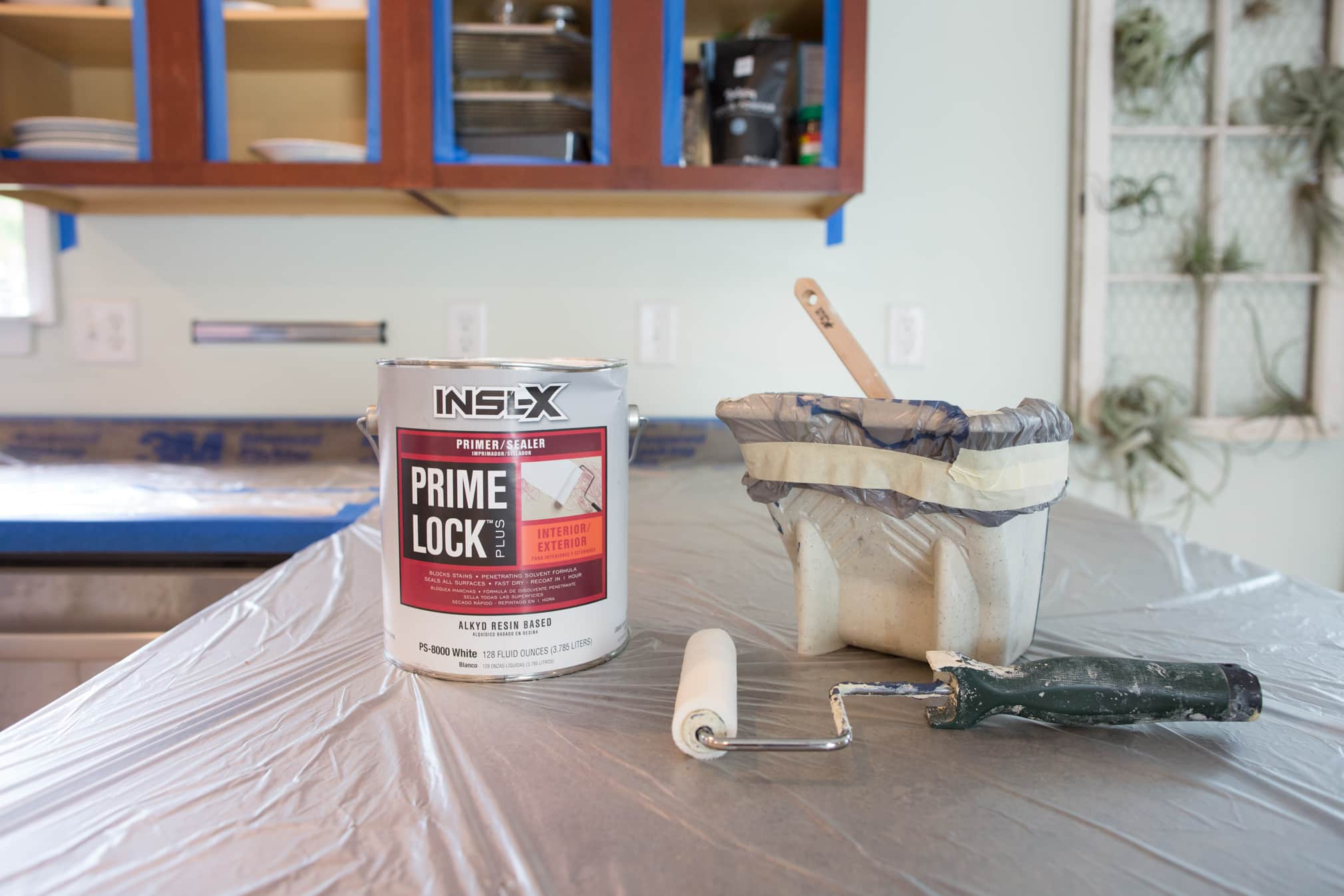Addressing Common Cabinet Painting Challenges with Primer: Best Primer Paint For Cabinets

My dear friends, embarking on the journey of painting your cabinets is a labor of love, a testament to your dedication to beautifying your home. However, even the most skilled hand can encounter challenges. Understanding these hurdles and employing the right tools, specifically the correct primer, is paramount to achieving a stunning, long-lasting finish. Let us delve into the heart of the matter, and together, we shall conquer these painting obstacles.
Best primer paint for cabinets – The right primer acts as a bridge, connecting your cabinet’s surface to the final coat of paint. It’s the unsung hero, ensuring a smooth, even, and durable finish. Without it, you risk encountering common pitfalls that can significantly detract from your project’s success.
Common Cabinet Painting Problems and Primer Solutions, Best primer paint for cabinets
Three common problems plague cabinet painting projects: uneven surfaces, bleed-through, and poor adhesion. Uneven surfaces, often caused by previous paint layers or wood grain inconsistencies, lead to an unprofessional final appearance. Bleed-through, where the underlying color shows through the topcoat, is a frustrating setback. Poor adhesion, where the paint peels or chips, renders your hard work useless. The appropriate primer addresses all these concerns. A high-quality primer, such as one designed for cabinets and specifically formulated to seal stains and create a smooth surface, acts as a barrier against bleed-through and promotes excellent adhesion, creating a uniform foundation for your topcoat. It also fills minor imperfections, resulting in a smoother finish.
Preparing Cabinet Surfaces for Priming
Proper surface preparation is the cornerstone of a successful paint job. Think of it as laying a strong foundation for a magnificent house. Neglecting this crucial step is like building on shifting sand; your beautiful paint job will eventually crumble.
Here’s a step-by-step guide to prepare your cabinets for priming:
- Thorough Cleaning: Begin by cleaning the cabinet surfaces with a degreaser to remove any grease, grime, or old wax. A simple solution of warm water and mild dish soap often suffices. Rinse thoroughly and allow to dry completely. This ensures optimal adhesion of the primer.
- Careful Sanding: Once dry, lightly sand the surfaces with fine-grit sandpaper (180-220 grit). This removes any imperfections and creates a slightly rough surface, improving the primer’s grip. Focus on smoothing any raised areas or imperfections. Wipe away sanding dust with a tack cloth.
- Imperfection Filling: Fill any significant gouges or holes with wood filler, allowing it to dry completely before sanding smooth. This ensures a flawlessly smooth surface for your primer and paint.
Primer and Paint Type Selection
The choice between oil-based and water-based primers and paints significantly impacts the final outcome. Oil-based primers offer superior adhesion and stain-blocking capabilities, especially on porous surfaces. However, they require mineral spirits for cleanup and have a stronger odor. Water-based primers are easier to clean up and have a lower odor, but may require multiple coats for optimal coverage and stain-blocking.
Ideally, choose a primer that complements your chosen paint type. For example, if using water-based paint, a water-based primer is usually recommended. However, if you are concerned about bleed-through or have a particularly porous surface, an oil-based primer might be necessary, even if you are using a water-based topcoat. Always test a small inconspicuous area first to ensure compatibility and desired results.
Budget-Friendly vs. Premium Primer Options for Cabinets

Choosing the right primer for your cabinet painting project is crucial for a beautiful and long-lasting finish. The decision often comes down to balancing cost with performance. Let’s explore the differences between budget-friendly and premium primer options to help you make an informed choice. Remember, my friend, a little investment upfront can save you headaches down the line.
Primer Performance Comparison
The performance of a primer significantly impacts the final look and durability of your painted cabinets. Budget primers often lack the same level of adhesion, stain-blocking power, and overall coverage as their premium counterparts. This table illustrates the key differences:
| Feature | Budget-Friendly Primer | Premium Primer |
|---|---|---|
| Price Point | $10-$20 per gallon | $25-$50 per gallon |
| Coverage | May require multiple coats | Excellent coverage, often requiring fewer coats |
| Adhesion | May have weaker adhesion, leading to peeling or chipping | Strong adhesion, ensuring a durable finish |
| Stain Blocking | Limited stain-blocking capabilities; may require additional coats or specialized primers for strong stains | Excellent stain-blocking properties, effectively hiding imperfections and preventing bleed-through |
| Drying Time | May have longer drying times between coats | Often dries faster, allowing for quicker project completion |
| Durability | Less durable; may require more frequent repainting | More durable, resulting in a longer-lasting finish |
Primer Selection Guide
Selecting the right primer depends on your project’s specific needs. Consider these factors:
* Project Size: For small projects, a budget-friendly option might suffice. Larger projects, however, often benefit from the superior performance of a premium primer, even if the initial cost is higher. The savings in time and effort from fewer coats can outweigh the price difference.
* Desired Finish: If you’re aiming for a flawless, professional finish, a premium primer is recommended. Its superior coverage and adhesion will make the painting process smoother and result in a more even, beautiful outcome.
* Long-Term Durability: Investing in a premium primer ensures a long-lasting finish that can withstand daily wear and tear. This is especially important for high-traffic areas like kitchens. Think of it as an insurance policy for your beautiful new cabinets. A cheap primer might save you money now, but it could cost you more in the long run with repairs or repainting.
* Type of Cabinet Surface: Different cabinet materials require different primers. Some premium primers are specifically formulated for certain surfaces, offering better adhesion and performance. Always check the primer’s label for compatibility with your cabinet material.
